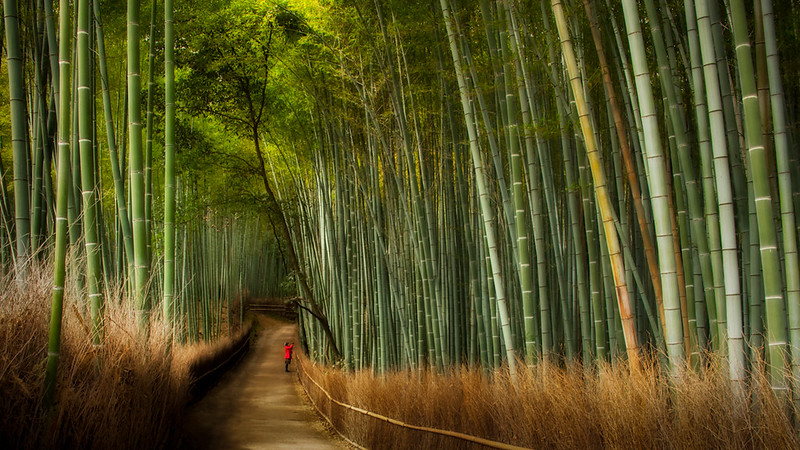Hiroshima is best known as the first city in history to be targeted by a nuclear weapon. The city's name, 広島, means "Wide Island" in Japanese.
On Monday, August 6, 1945, at 8:16 a.m., the nuclear bomb "Little Boy" was dropped on Hiroshima by an American B-29 bomber, the Enola Gay, flown by Colonel Paul Tibbets,directly killing an estimated 80,000 people. By the end of the year, injury and radiation brought the total number of deaths to 90,000–166,000.The population before the bombing was around 340,000 to 350,000. Approximately 70% of the city's buildings were destroyed, and another 7% severely damaged.
Hiroshima Peace Memorial Park (広島平和記念公園) is a memorial park in the center. The Hiroshima Peace Memorial Park was planned and designed by the Japanese Architect Kenzō Tange on an open field created by the bomb. The location of Hiroshima Peace Memorial Park was once the city’s busiest downtown commercial and residential district.
The A-Bomb Dome is the skeletal ruins of the former Hiroshima Prefectural Industrial Promotion Hall. It is the building closest to the hypocenter of the nuclear bomb that remained at least partially standing. It was left how it was after the bombing in memory of the casualties. The A-Bomb Dome, to which a sense of sacredness and transcendence has been attributed, is situated in a distant ceremonial view that is visible from the Peace Memorial Park’s central cenotaph.
On the way back from Hiroshima stopped in Fukuyama and took a bus to an old fishing village.
Tomonoura (鞆の浦), is a port in the Ichichi ward of Fukuyama. It stands on the southern point of the Numakuma Peninsula, 14 kilometers south of Fukuyama Station.
Tomonoura has been a prosperous port since ancient times. Its unique circular harbor was preserved even after modern port facilities were introduced. Tomonoura lies within Tomokōen (鞆公園), which forms part of the Setonaikai National Park.
It's now a sleepy port town – at the old harbour, fishing boats quietly bob on the water, and the narrow cobbled streets that surround it retain much of the flavour of the Edo-period heyday. Inland from the harbour there are a dozen or so temples, some tucked within residential streets, and stone steps lead up the hillside to views of the Inland Sea. The small island of Sensui-jima is a short boat ride away.
Film buffs may be interested to know that Tomo-no-ura was the setting for some scenes in The Wolverine (2013).
By 8 pm arrived back to Tokyo station and had dinner in a Teppan yaki restaurant at the sation.
For more pics click






















































